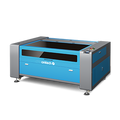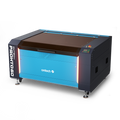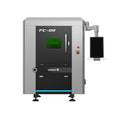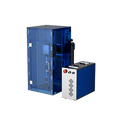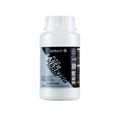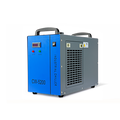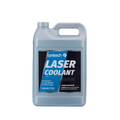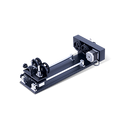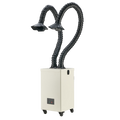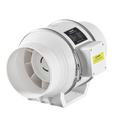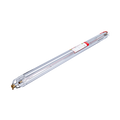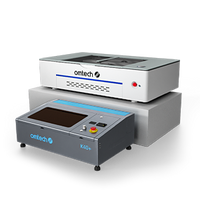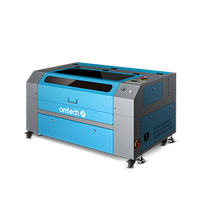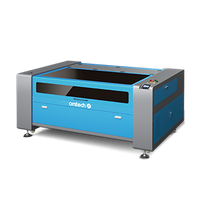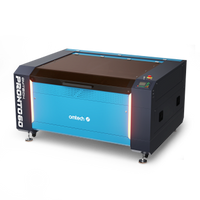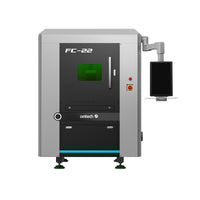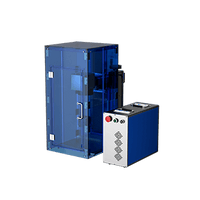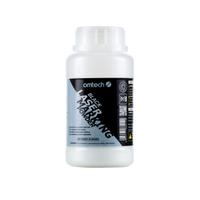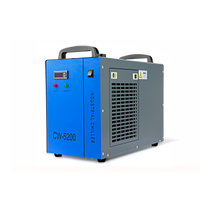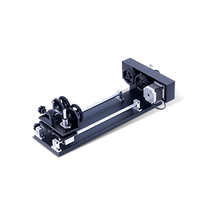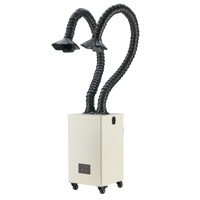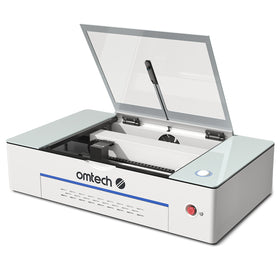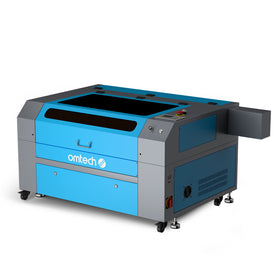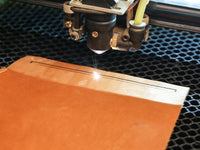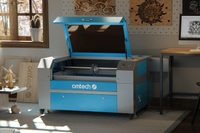Uncover Simple Emergency Stop Procedures and Check-Up Tricks
Laser safety is serious business! Especially while you're working with high-powered equipment. Whether you're doing small detailed and intricate designs, or working on larger projects, it helps to know the basics of laser safety! You’re not just protecting yourself from danger, you’re also protecting your investment and ensuring your camera remains at its best! In this article, we’ll explore basic laser safety tips and outline practical steps for safety inspections and maintenance and care of laser engravers. We’ll cover topics like what is laser emergency stop, how often safety check laser protocols recommend, and what safety gear needed for laser use makes your work environment secure.
What is laser emergency stop and why is it important
The foundation of laser safety is the laser emergency stop. This feature will function as a gross shutdown of your machine in the event of an unexpected issue. So what is a laser emergency stop? It is an emergency function that will stop the emission of laser and the electrical power to the laser. This feature is simple but very significant because it will prevent the machine from working if something goes wrong, such as an unintended object in the path of the beam or a failure of the machine whilst operating. It is not only important for every operator to know how to initiate this function, but also how to confirm laser safety systems before beginning a project. Always reinforce that emergency stops are operating regularly by including them in your usual daily checklists.
Routine Safety Inspections: Maintenance and Care of Laser Engravers
Keeping your laser engraver safe, in good working order is a combination of routine inspection procedures, along with thinking ahead and being conscientious about safety. Regularly scheduled safety inspections allow you to address potential problems before they become dangerous situations. Here’s a simple checklist to make sure your laser engraver is safe to use:
• Visual Inspection: Thoroughly check for any damage to the exterior of the machine, including any exposed wires, frayed wires, and loose connections. Check that the machine panels and doors are properly attached and secured.
• Safety Gear Investigation: Make sure that all safety gear available for laser use (protective goggles, exhaust systems, fire extinguishers, etc.) are located and in good condition. Ask yourself, what safety gear needed for laser use do I have? If any safety gear is missing or damaged, replace it before use.
• Emergency stop test: Engage the emergency stop button to make sure it cuts off all operations without delay. This exercise is a part of knowing what is laser emergency stop and its paramount importance while using the engraver.
• Cooling System: Laser engravers generate a lot of heat. It is imperative that the fans, water-cooling systems, or heat rejection devices work properly.
• Alignment and Calibration: Verify that the laser’s alignment is correct. Misalignment could lead to inaccurate engravings as well as safety hazards. This is part of checking laser machine safety and efficient maintenance and care of laser engravers.
Straightforward Emergency Stop Procedures and Safety Gear for Laser Use
In addition to the regular inspections you should be conducting, it pays to be prepared for an emergency to improve your chances of responding effectively in stressful situations. Understanding basic emergency stop procedures is an important consideration as part of your inspection of laser engraver safety.
• Identify the location of the emergency stop button when first installing your machine, and ensure every operator in your work area knows where it is located.
• Get some practice activating the emergency stop button in a non-stressful environment, to understand the speed at which the unit can be stopped in an emergency.
• Keep an up to date list of safety procedures in your work space, along with proximity sensors and barrier systems if applicable.
A Compact Guide to Laser Safety Checks and an Inspection of the Laser Engraver
Whether you are new to laser engravers or needing a little review, this quick guide will assist you in knowing how to carry out laser safety checks and inspections:
1. Preparation: First, shut your laser machine down and unplug it prior to doing any inspections. Safety first! You are going to want to ensure you do not put yourself in hazardous inspections.
2. Visual Inspection: Inspect all of the external components of the laser engraver. Look for wear on cables, damage to the protective covering, and/or dirt that may have happened on the lenses, or mirrors.
3. Operational Test: Turn the machine on and go to the control panel. Use the emergency stop button and test it for a little duration (but not to the degree that anything will be compromised), and when you release it ensure it resumes the normal operating procedure without hitches.
4. Fans and ventilation: Inspect the fans, filters, and the exhaust system. Dust and debris will not help performance, and you want to ensure that everything is clear and working satisfactorily in order not to operate beyond acceptable temperature reasons.
5. Documentation: Record your findings. What is laser cutter safety check typically, and how often safety check laser procedures should be performed, are questions best answered by keeping a log book. Not only does this assist in future troubleshooting, but it’s also a good way to track maintenance and care of laser engravers over time.
6. Final Review: Once all checks are done, power the machine back on and run a short test job—preferably with lower power settings—to confirm that everything operates as it should. Double-check that any detected issues have been addressed before returning to regular production.
The Importance of Safety Equipment for Laser Application in Modern Workshops
Modern laser workshops are a blend of advanced technology and regulated safety standards. In safety inspections, confirming that every safety piece of gear used for lasers is standard must be a required inspection. It is non-negotiable to use laser protective eyewear, heat-resistant gloves, and ventilation while using laser cutters. It is part of an overall program and care of laser engravers to maintain and update safety practices and train on laser safety. The proper safety equipment is just as important as knowing how to check laser safety because both are protecting you and your investment.
Frequently Asked Questions
Q: How often should I do a detailed safety inspection of my OMTech Laser engraver?
A: Daily, there should be a basic safety check done prior to each project but a formal inspection should happen once a month. Performing regular maintenance, such as cleaning, emergency stop button testing, and checking your personal safety gear will allow your laser engraver to work optimally.
Q: What is a laser emergency stop, and how do I test it?
A: A laser emergency stop is a detrimental safety feature that provides emergency actions to cease operations in a manner to avoid emergencies. To test, on a maintenance inspection, press the emergency stop button (when the laser is idle) and ensure the machine shuts off quickly and safely, per the instructions in your user manual.
Q: What safety gear is most important as a laser user in a workshop?
A: At a minimum, you need laser safety glasses, protection and a suitable fire extinguisher in your vicinity. You should ensure there is enough ventilation and if you are working with materials that may generate fumes, make sure gloves are readily available.





